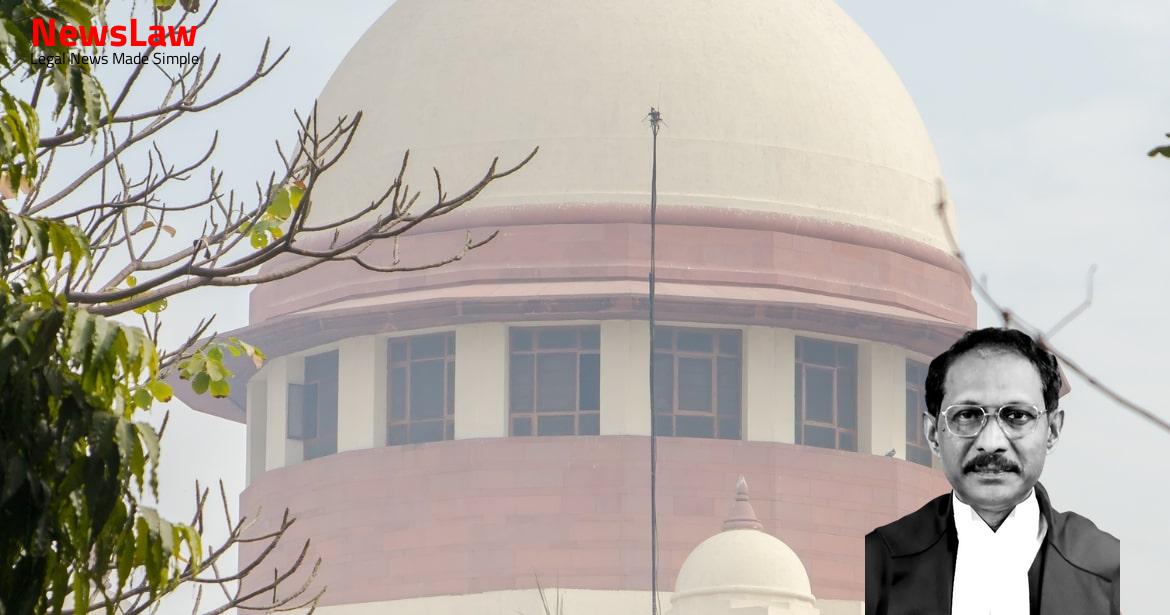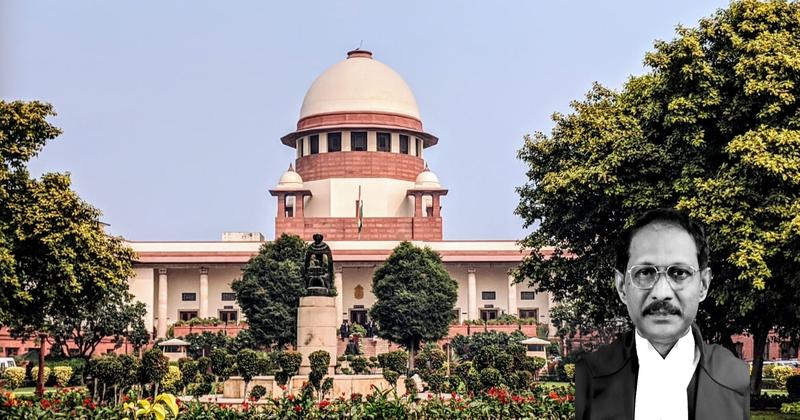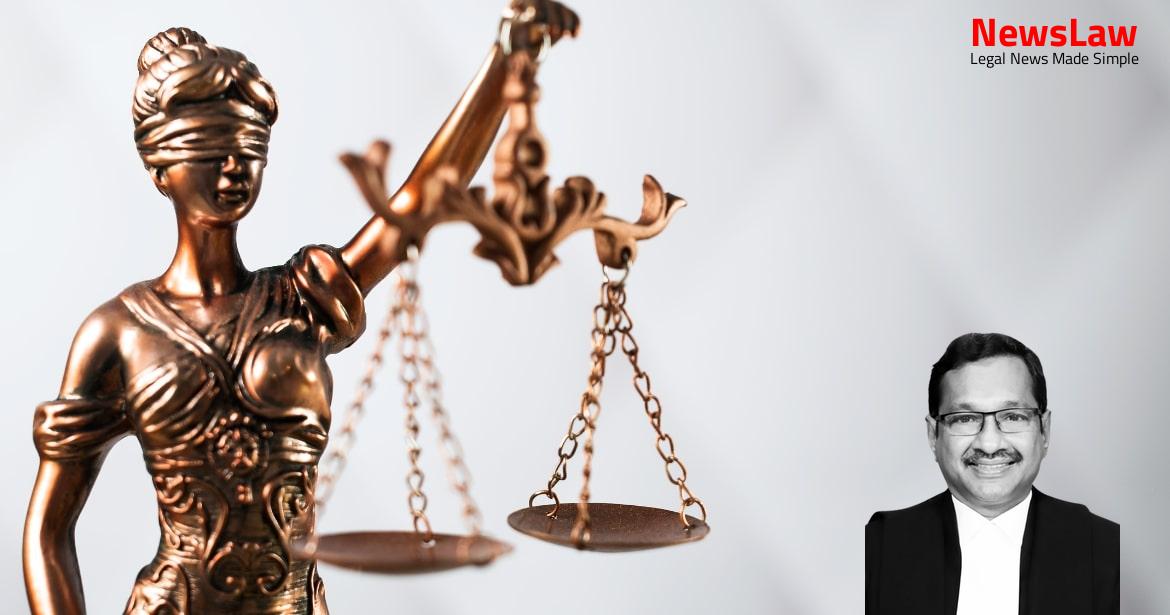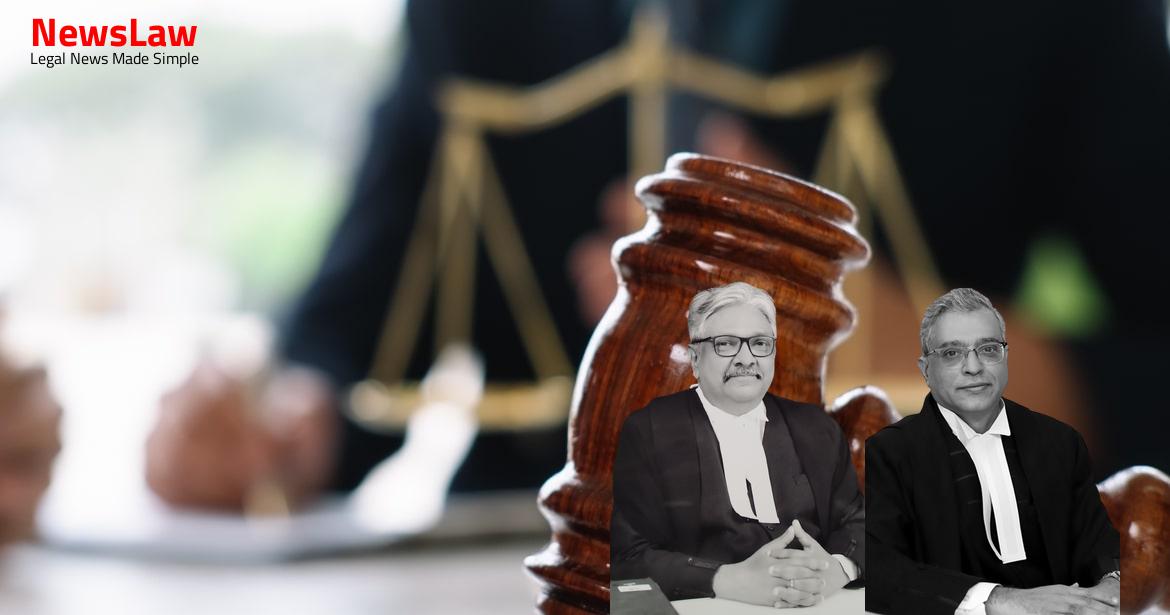Explore the depths of legal intricacies and court’s meticulous analysis in a landmark case that has far-reaching implications for legal precedents. This case delves into the court’s examination of various legal aspects, setting a unique standard for future judicial proceedings. Let’s unravel the fascinating legal analysis presented by the court in this significant case.
Facts
- Appellant – Zakia Ahsan Jafri filed a complaint on 8.6.2006 naming 63 persons involved in a larger conspiracy and abetment of crimes in Gujarat between Feb 2002 to May 2002.
- Allegations were made against the Chief Minister, Ministers, high police officials, bureaucrats, and others for various criminal offenses under the Indian Penal Code and other Acts.
- The complaint led to a series of legal actions including filing an application before the High Court in 2007 under various legal provisions.
- The complaint was related to the carnage in Gujarat during the stated period, prompting further investigations and legal procedures.
- The complaint also involved the filing of a protest petition that was ultimately rejected by the Metropolitan Magistrate, leading to the acceptance of the SIT’s final report instead.
- The complaint and subsequent legal actions highlighted the involvement of multiple individuals in the criminal activities that took place in Gujarat during the specified time frame.
- The High Court rejected the application for custodial interrogation of the applicants.
- SLP(Crl.) No. 1088/2008 challenged the High Court’s decision rejecting the prayer of Zakia Ahsan Jafri for FIR registration.
- The Supreme Court directed the SIT to investigate Zakia Ahsan Jafri’s complaint from 8.6.2006 and submit reports.
- The SIT submitted successive reports based on its investigation and observations of the Amicus Curiae.
- Amicus Curiae examined SIT reports, interacted with witnesses, and submitted a report to the Supreme Court.
- The Supreme Court ordered the Chairman of SIT to forward a Final Report and all collected material to the Court of cognisance.
- During the petition, the Tehelka Tape surfaced, revealing the involvement of certain individuals in the build-up to the crime and state-wide violence.
- The writ petition was dismissed by the High Court on 2.11.2007.
Also Read: Analysis of Compensation Method in Land Acquisition Case
Arguments
- The appellant has strategically focused on other allegations in the complaint and protest petition to keep the charge of a larger conspiracy open.
- The appellant has cited various legal cases to argue that the Magistrate is not obliged to accept the final report and can order further investigation.
- The appellant claims exoneration from charges by the Central Administrative Tribunal and alleges victimization by the government.
- The appellant’s arguments are countered by the State, claiming fairness and lack of interest in shielding culprits.
- The State asserts that the proceedings were initiated based on a Supreme Court direction to the SIT and subsequent steps were taken under court supervision.
- The State argues that the Magistrate must prima facie examine the material to determine reasonable suspicion for cognizance of the crime.
- The appellant placed reliance on the statements of Mr. Anil Patel, who was not named as an offender in the complaint.
- Trial continuation suggested by Mr. K.T.S. Tulsi deemed inappropriate as it may require a de novo trial if new evidence surfaces.
- Focus of the appeal is on undisputed extra-judicial confessions and inaction of officials to establish a larger conspiracy.
- Allegations of involvement of bureaucrats, politicians, and organizations such as VHP, RSS, and Bajrang Dal in the larger conspiracy.
- SIT criticized for not investigating the larger conspiracy aspect properly.
- SIT’s failure to record a statement from Mr. Anil Patel highlighted by the appellant.
- Issue raised on the SIT not enquiring into false propaganda inciting violence despite receiving relevant documents.
- Petitioner claims there is sufficient material to take cognizance of various offenses against the accused.
- SIT’s investigation labeled defective and incomplete, suggesting the need for further investigation.
- Criticism towards bias, inaccuracy, and lack of application of mind in SIT’s analysis of witness statements and documents.
- Grounds articulated in the protest petition opposing the final SIT report.
- Contentions around the closure report being rejected and the protest petition allowed due to various reasons.
- SIT’s failure to examine all necessary witnesses or documents highlighted as a reason for opposition.
- SIT disregarded a sting operation due to legal considerations, as highlighted in the Piara Singh & Ors. vs State of Punjab case.
- Petitioner emphasizes the need for investigating a larger conspiracy based on recorded confessions and official inactions.
- SIT’s opinion regarding the testimony of late Mr. Haren Pandya before the Concerned Citizens Tribunal and Mr. R.B. Sreekumar’s deposition.
Also Read: Legal Challenges under Prevention of Money Laundering Act
Analysis
- The Court has decided to move forward with the establishment of a Special Investigation Team (SIT)
- The issue of locus standi of Ms. Teesta Setalvad is not being discussed in this context, keeping it open for another case
- The Court is inclined to examine the merits of the challenge to the impugned orders brought by the appellant – Zakia Ahsan Jafri
- Historically, the Court has intervened in cases like this as parens patriae, issuing unique directions and constituting SITs for investigations
- The previous involvement of the Court includes the Gulberg Society, Meghaninagar case (Crime Report No. 67/2002)
- A person requiring protection to depose freely as a witness must apply to SIT.
- SIT will assess the situation and direct police officials to provide necessary protection.
- The officer in charge of a police station can conduct searches for seizure during investigation.
- Investigation of cognizable offenses can be initiated by the appropriate police officer.
- For non-cognizable offenses, investigation requires an order from a Magistrate.
- Steps in investigation include proceeding to the spot, ascertaining facts, arresting suspects, collecting evidence, forming an opinion for trial.
- Responsibility for investigation steps lies with the officer in charge of the police station.
- Statements can be reduced to writing during investigation and used in trial.
- The investigating officer has the power to arrest suspects.
- All investigation proceedings must be recorded in a diary daily.
- If investigation exceeds 24 hours and the accused is in custody, entries must be sent to the Magistrate.
- The Court made it clear that once the investigating agency completes its function, the trial court is responsible for all matters related to the trial of the accused.
- The Court emphasized that generally, further monitoring of the case/investigation may not be required.
- Parties, including the CBI, were given the freedom to approach the Court for further direction if needed.
- A report was submitted to the Supreme Court following an inquiry ordered in compliance with its directives.
- The SIT recommended further investigation under Section 173(8) Cr.PC for certain individuals.
- The Court highlighted the jurisdiction to issue a writ of continuous mandamus for ensuring proper investigation.
- It was recommended that judicial officers be nominated by the Chief Justice of the High Court of Gujarat for ‘Fast Track Courts.’
- Experienced lawyers familiar with criminal trials were to be appointed as Public Prosecutors in consultation with the Chairman of SIT.
- Remarks against certain individuals were expunged by the Court in previous cases.
- The National Human Rights Commission ordered the Gujarat Government to provide monetary relief in a case involving false accusations under the NDPS Act.
- Emphasis was placed on prior court decisions that guide the appropriate handling of investigations.
- The Court highlighted the importance of the Magistrate’s judicial functions post proper investigation.
- Issues regarding provocative behavior, hate speech, and wider conspiracies were mentioned in the context of the case.
- The conduct of individuals, including Teesta Setalvad and her husband, was scrutinized by the High Court in connection with misuse of donation money collected for charitable purposes.
Also Read: Interplay of State and Central Legislation on Vehicle Permits and Taxes
Decision
- No further orders are required in the application, so it is dismissed
- Disposed applications will be removed from the cause list
- Trials in all cases are progressing satisfactorily
- SIT to complete enquiry and submit report by April 30, 2010
- Report to be kept in sealed covers
- Gulberg Society case put on hold due to prosecutor resignation
- Certain applications disposed of due to changes in representation
- Petition converted into Criminal Appeal No. 273/2013
- Efforts to expedite trial proceedings
- Status report on court constitution to be filed in three months
- Designated Courts to handle cases on a day-to-day basis
- SIT to provide periodic reports on further inquiry/investigation
- Notification for Designated Courts to be issued within ten days
- Mr. Bhushan to return case papers in a sealed cover
- Appeal dismissed, given leave to appeal by Zakia Ahsan Jafri
- Trial courts not to pronounce final judgments until further orders
- List of pending applications to be prepared and presented in court
- Magistrate accepts final report from SIT and rejects protest petition
- High Court permits appellant to raise issue of further investigation with new material
- Investigation likely to be concluded within a fortnight
Case Title: ZAKIA AHSAN JAFRI Vs. THE STATE OF GUJARAT (2022 INSC 653)
Case Number: Crl.A. No.-000912-000912 / 2022



